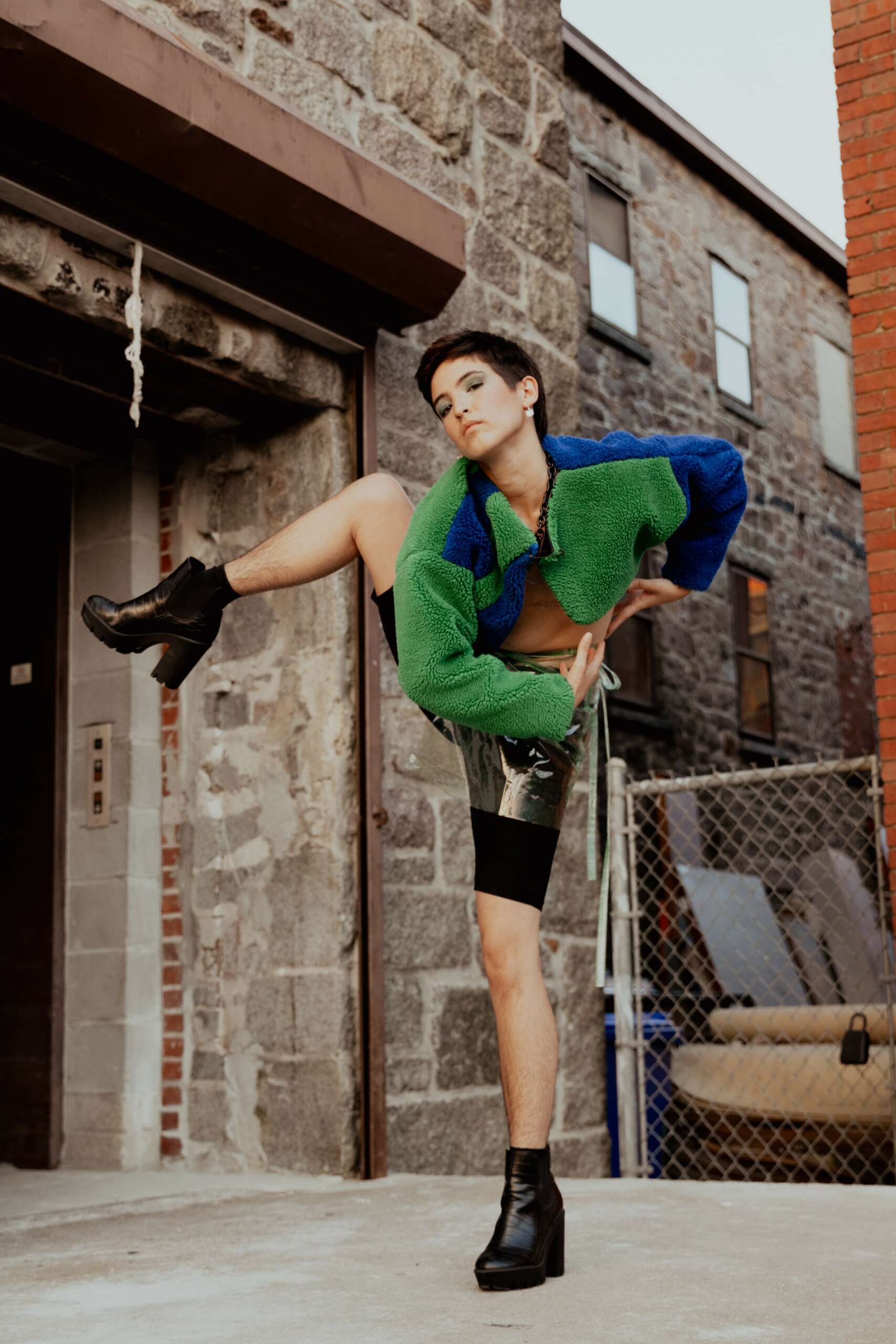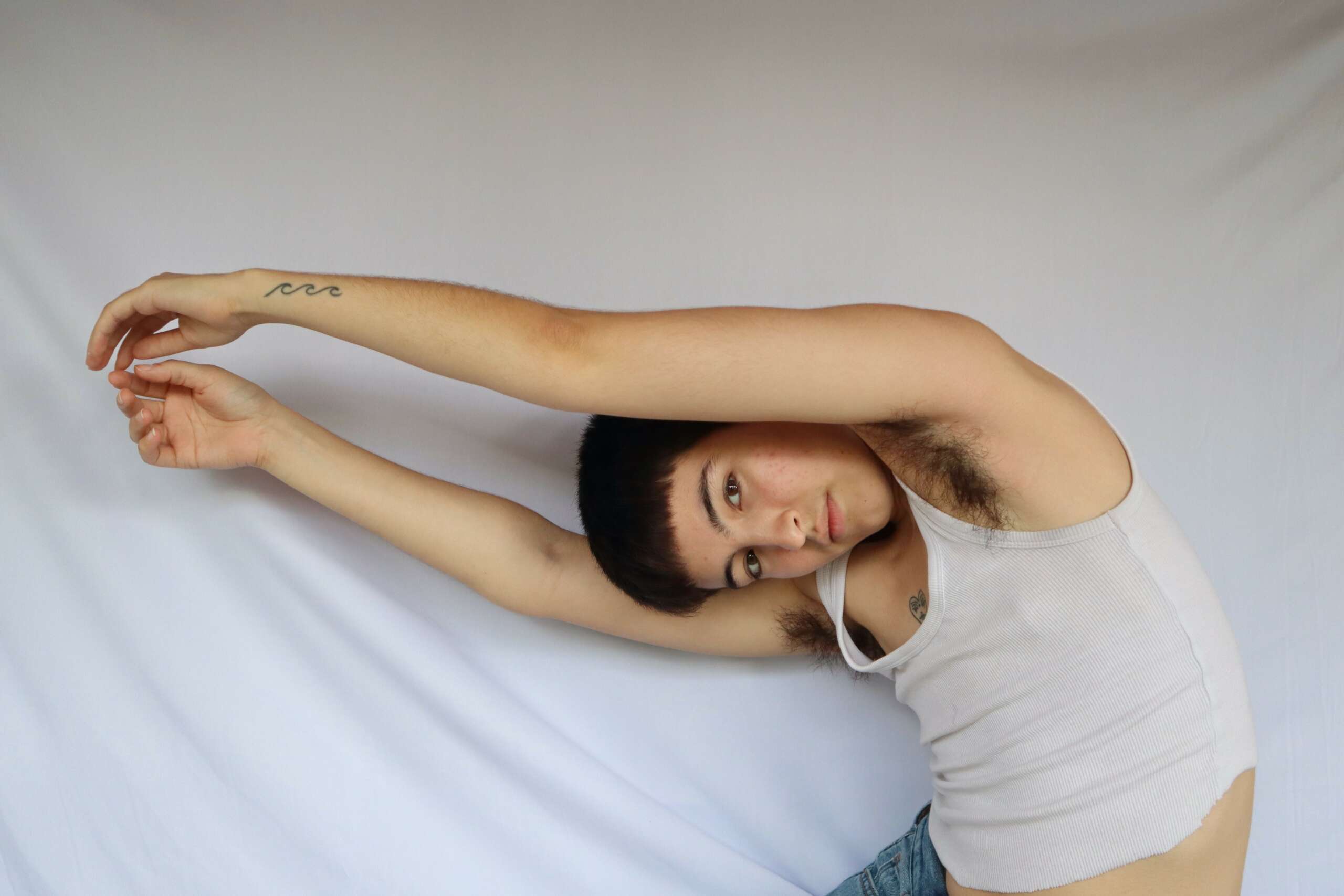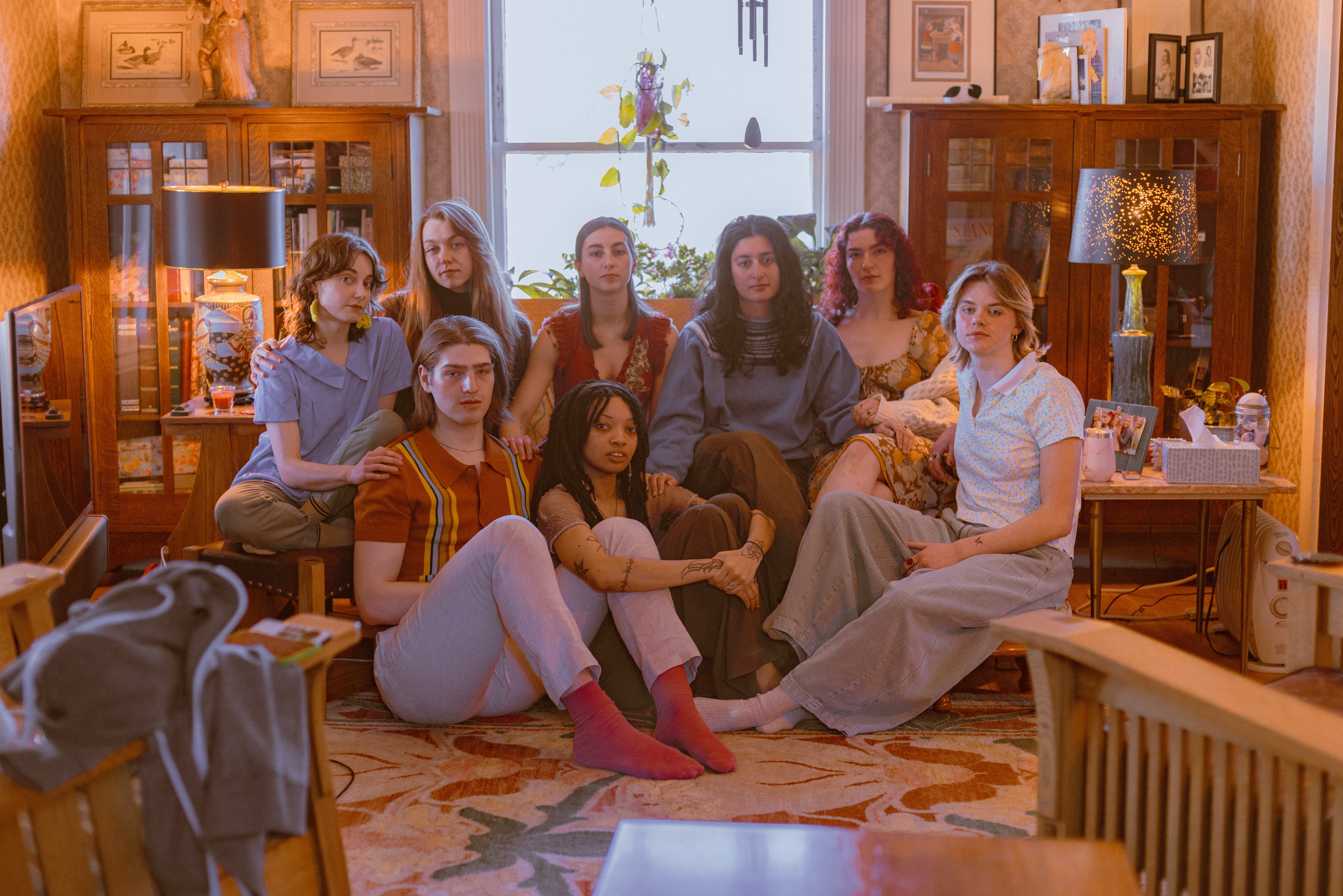We recently connected with Simon Montalvo and have shared our conversation below.
Simon, appreciate you joining us today. Are you happy as a creative professional? Do you sometimes wonder what it would be like to work for someone else?
I’m extremely happy as an artist; and in the same breath, I don’t have to wonder what it would be to have a regular job. I’ve had many regular jobs, and I’m currently working full time at a “regular” job. In an ideal world, we would value movement artists and choreographers monetarily on the same level we do athletes, researchers, and other artists. Our work is research based and incorporates artistry, athleticism, and academia; and should be paid as such. Most professional dancers I know have started the art form at a young age; meaning thousands-hundreds of thousands of dollars spent to perfect the craft, not to mention the 10+ years experience post-college/program. In a world that does not depend on capitalism but rather cares for every person’s well being, we would have a universal basic income that would negate the issues artists are currently facing. Many people recognize that creating/performing professional dance is not something they could jump into without years of training, but they don’t want to pay the rates that come with hiring professionals. That being said, I work full time as a freelance artist, in addition to working full time as an arts administrator, and I genuinely enjoy doing both jobs. Having a full time job outside of my freelance works allows me the financial freedom to be able to make more than minimum wage, commit to passion projects that are lower pay, and the ability to save for my own projects. The hybrid model and flexibility of both jobs allows for me to prioritize my time as I want to, and I’m able to move between locations, rehearsals, and wfh with ease. The people I work with are some of the most amazing, inspiring, and intelligent people I’ve met, and part of the reason I keep coming back to the art form. Everything is about connecting with people in the room. Learning from them, giving energy to them; it’s a symbiotic relationship.



Awesome – so before we get into the rest of our questions, can you briefly introduce yourself to our readers.
Simon Montalvo (they/them) is a non-binary/transgender movement artist, researcher, and archivist born on the land of the Coahuiltecan and Karankawan peoples. They’re currently living on the land of the Massachusett and Pawtucket peoples, and are grateful for the generosity of the land that holds them. Simon is interested in movement research that explores the human condition and sociopolitical themes such as gender identity, sexuality, and family dynamics within the home. Through movement exploration, humor, and community, they strive to create work that shares a living history directly from the communities they work with.
Their choreography has been presented at the Boston Conservatory at Berklee, Project 31, and TAMUCC. Their dance films have been produced both in Texas and Boston respectively, and their current interest lies in the creation of documentary style interviews of transgender people in the New Englandarea. Simon received a Studio Space Grant through Urbanity Dance in 2023, participated in aMaSSiT 2023, and is currently a Dancermakers Resident with the Boston Center for the Arts and Boston Dance Alliance.
Simon holds a BFA in Contemporary Dance Performance from the Boston Conservatory at Berklee, and is largely focused on experimental improvisation, dance theater, radical community care, and moving in forms that make us feel things. They’re interested in creating a community centered around healing, discussion, and intimate comfort. As a neurodivergent movement artist, they welcome the unconventional, the “weird”, and the otherwise excluded people into their spaces to research, to move, and to connect.



Is there a particular goal or mission driving your creative journey?
I’m committed to and excited by creating performance opportunities for transgender and nonbinary dancers. The dance industry is extremely binary in terms of gender identity and expression, down to audition calls looking for “women or men”. Not to mention the “traditional” roles within repertory that are treated as if the entire foundation of dance as we know it will collapse if someone from a different gender performs the role. If the system is that fragile, maybe it should be reorganized into something we can recognize as truly representative of the people working within it. This is what I’m aiming to do in my personal and artistic practice; breaking apart the things we’re taught, questioning why things are the way they are, and attempting to create something more meaningful with our findings. I want to create not only spaces full of community care, but opportunities for trans/nonbinary people to make money within the dance field.
Let’s talk about resilience next – do you have a story you can share with us?
In anyone’s artistic journey, there’s going to be lulls and highs. Post-grad, I was extremely burnt out from near constant auditions where I was either told no or lied to about the pay. Couple that with dealing with the repercussions of existing within toxic conservatory environments for 5 years, I was ready to give up the art form I had loved so dearly for 15+ years. I went on a hiatus for a full year, knowing that I may or may not return. I worked a customer service job full time, and focused on my own self care, rest, and friendships. Leaving dance allowed me the time and space to reflect on what I experienced, and where I wanted to go from there. Many of my idealizations about the industry came crashing down as I realized how shady these companies that I had idolized in youth could be. As excited as I was about all the job openings during my senior year, I had to step back and ask why the same companies are hiring for the same positions year after year. Sharing stories and passing along knowledge between other folks in the industry, and I came to the very simple conclusion that many people in the US are facing; too much work for too little pay. I decided that I wanted to be in charge of my artistic journey, as opposed to allowing a larger company determine that for me. I wanted to work with people that continuously inspire me to be better, to push farther, and to imagine a world where things that aren’t possibilities now are readily available in the future. With these thoughts stirring, I made the decision to come back. Truthfully, I also really missed moving; I missed the joy, the laughter, and the emotional regulation that the art form offers me. With my body physically on the mend after 5 years of impact heavy movement in an environment that considered injury a personal failing instead of a natural result of the system, I was ready. Once I made the decision to put the work in for real, opportunities started popping up, and I started to not only get them, but be offered other things as well! Artists are some of the most giving people I know, and I’m eternally grateful to the people in my life that have lifted me up, supported me, and given me a place of refuge when things seem out of control.
Contact Info:
- Instagram: https://www.instagram.com/simonlikestomove/
- Youtube: https://www.youtube.com/channel/UCQj0r61o60F0Op-YG3UL8WQ
Image Credits
Head shot and group photos: Olivia Moon Photography Green/blue shot: Stephanie McLaughlin Photography White background: Maude Warshaw Tan backgrounds: Stefanie Belnavis of The Diahann Project


